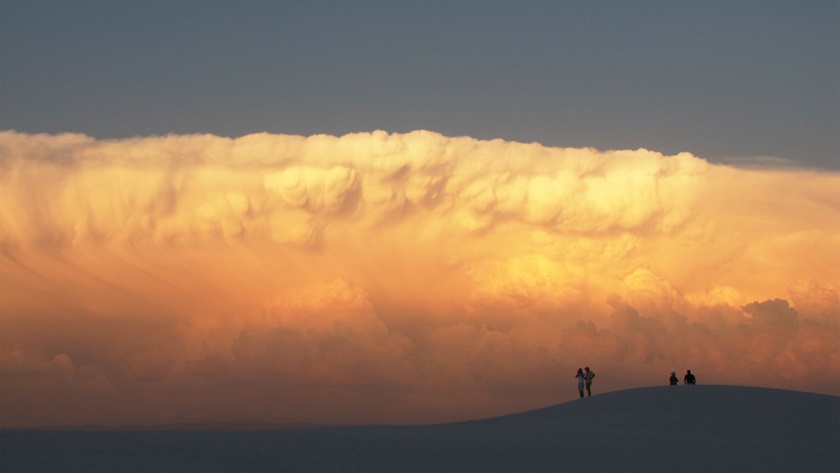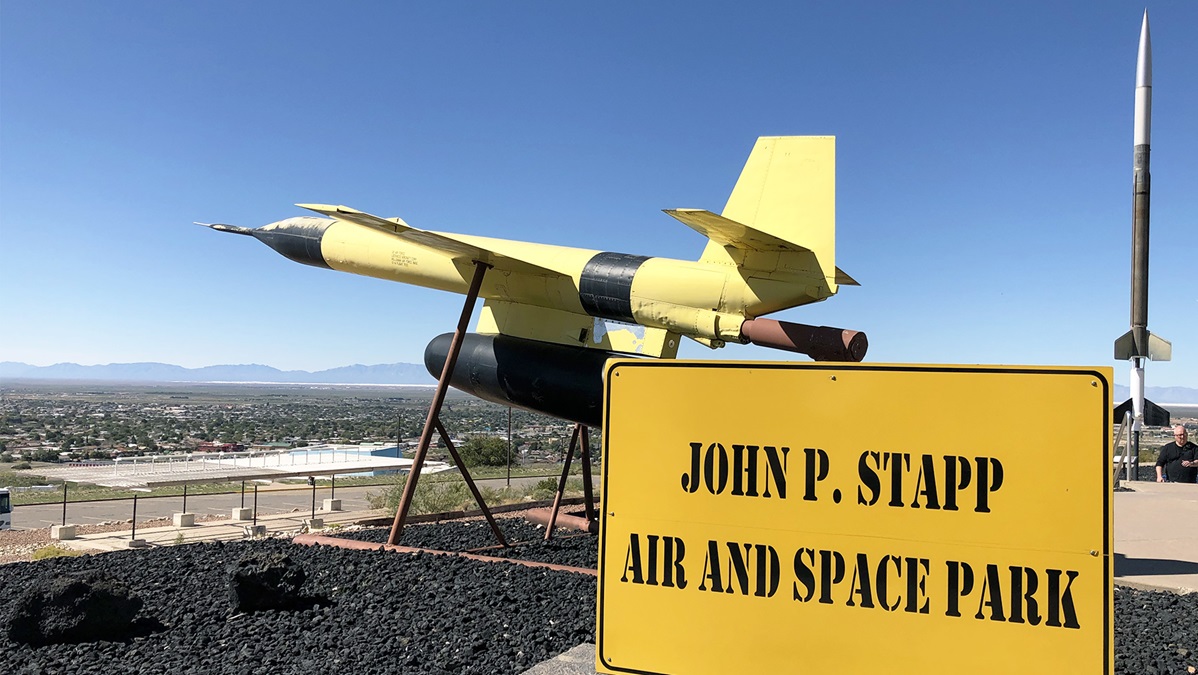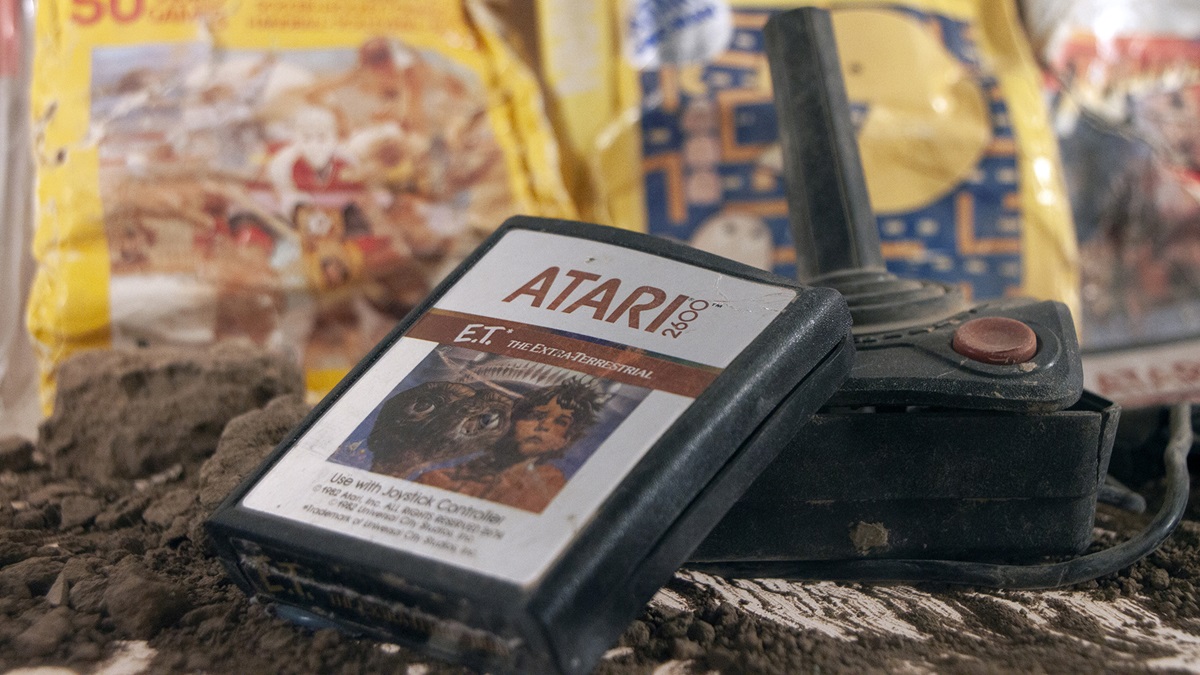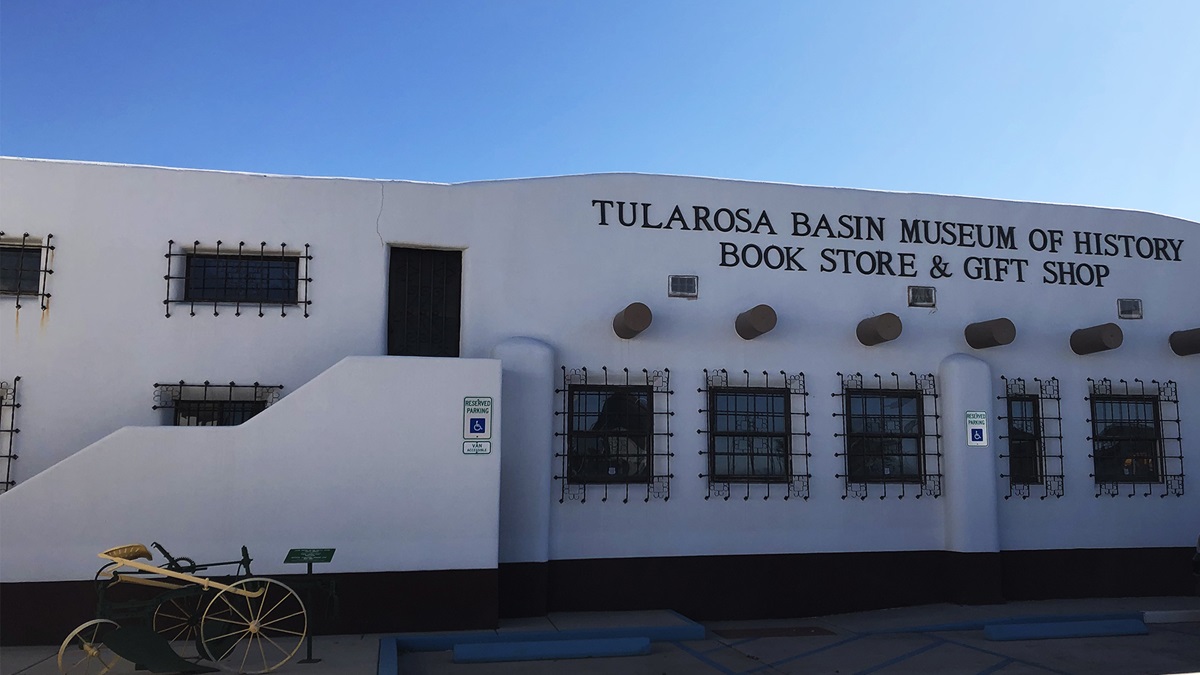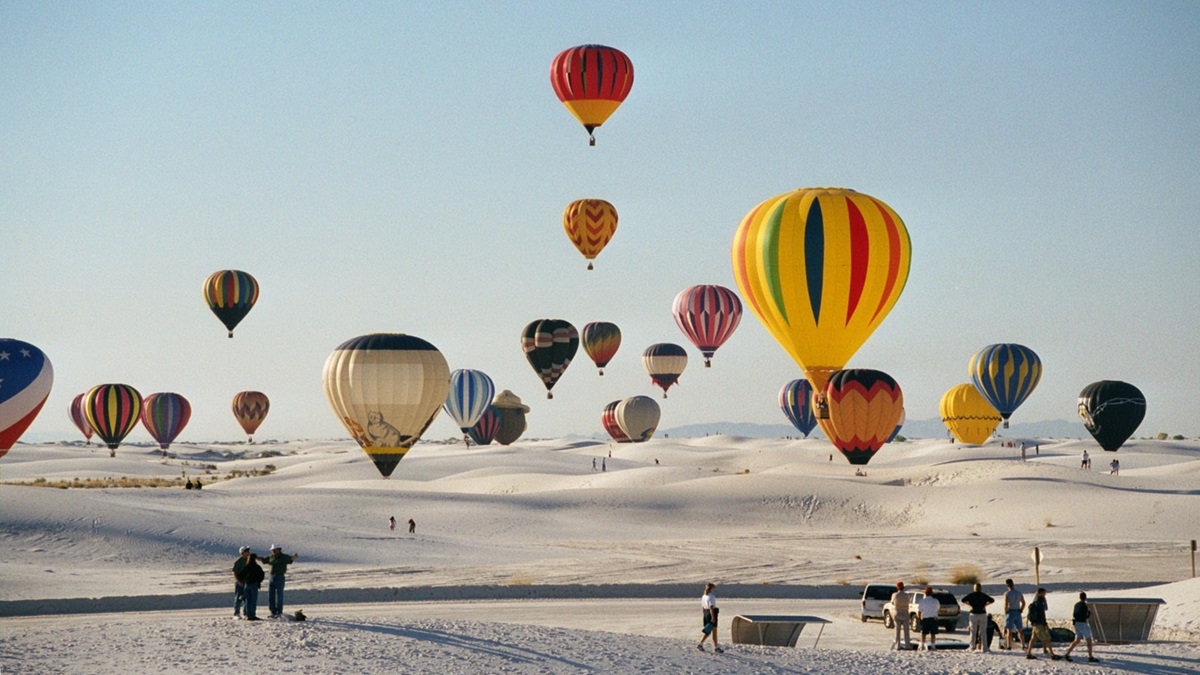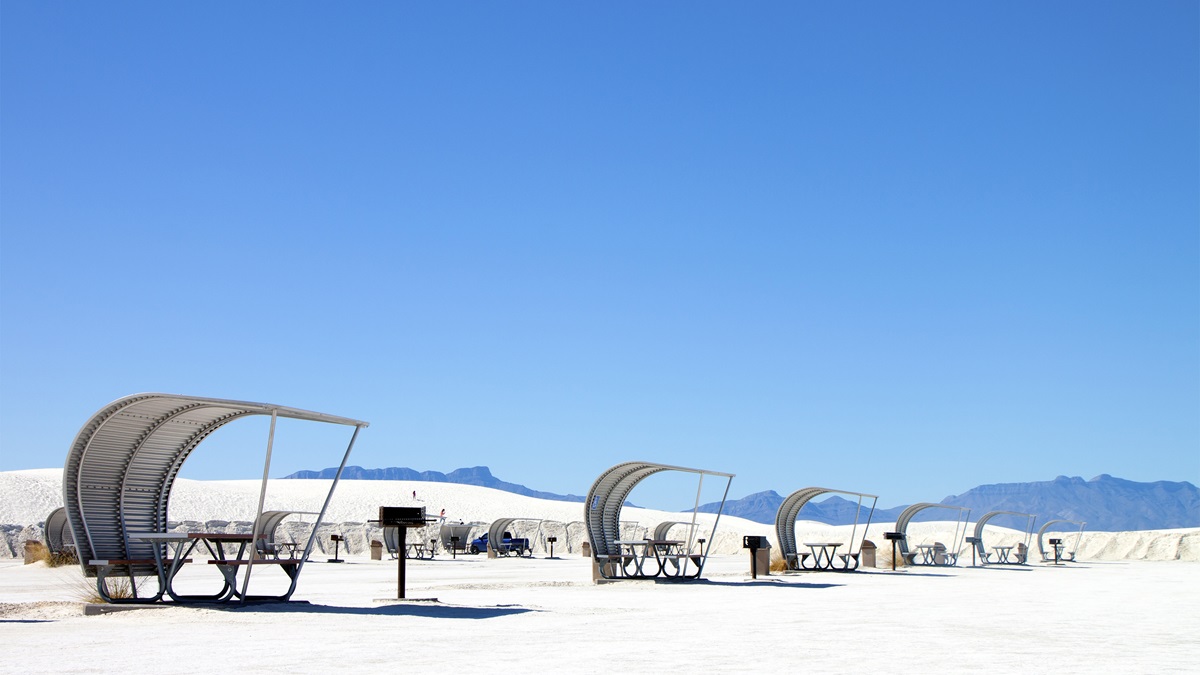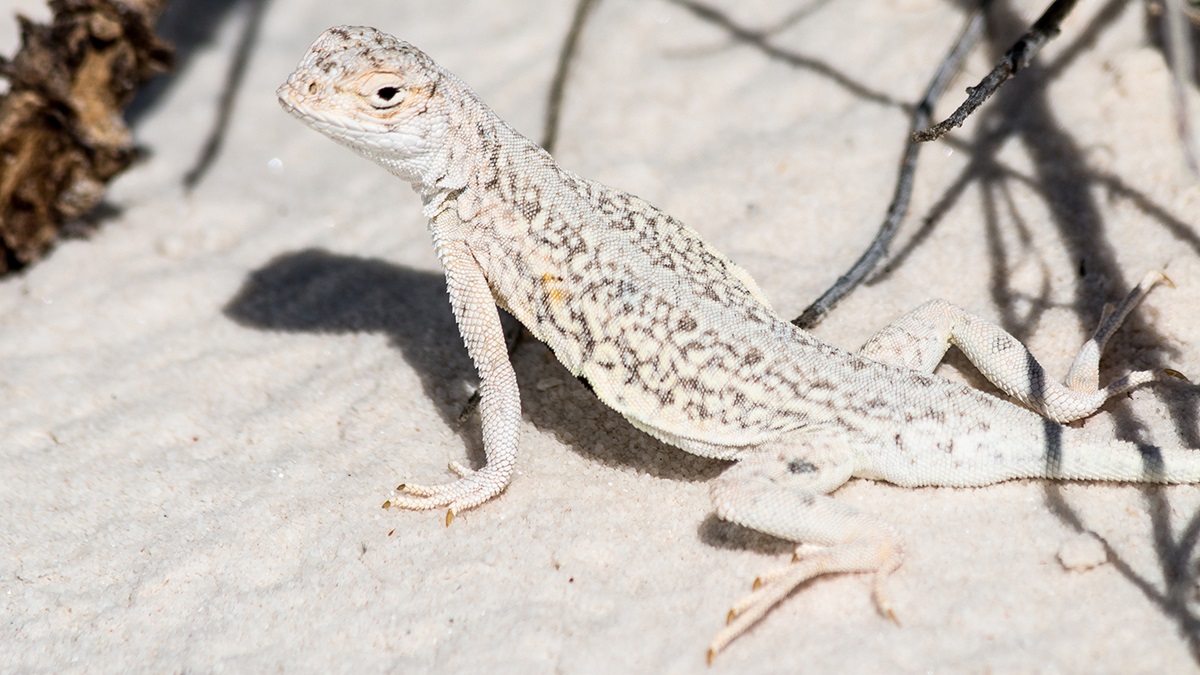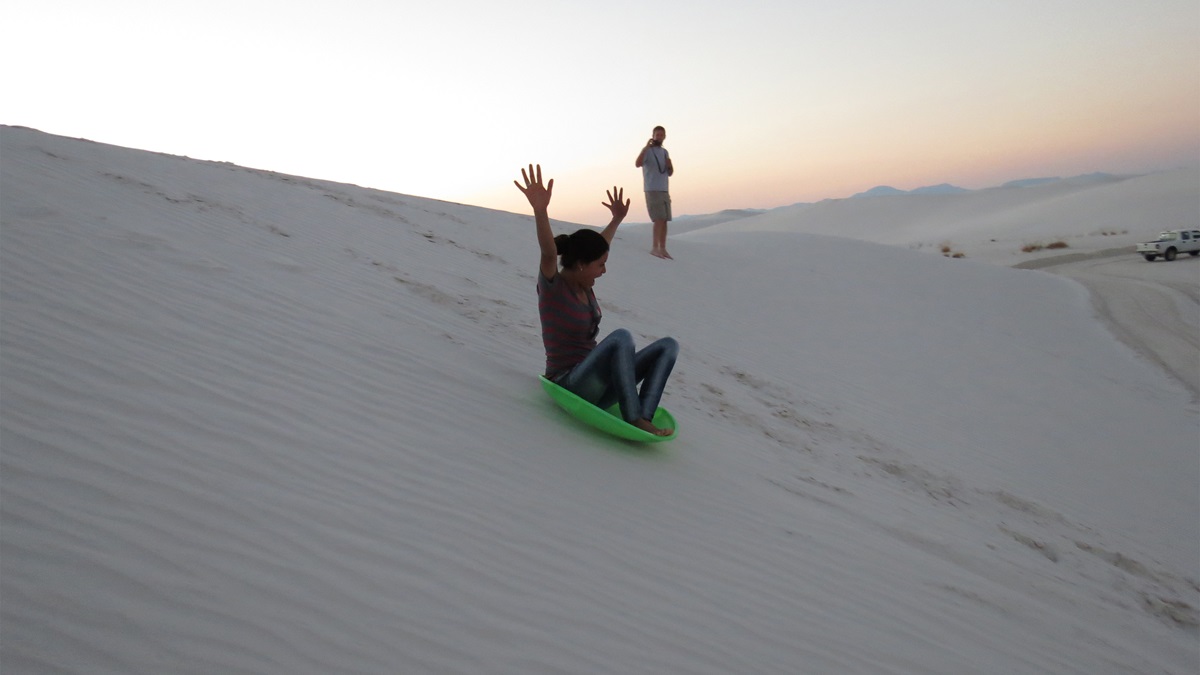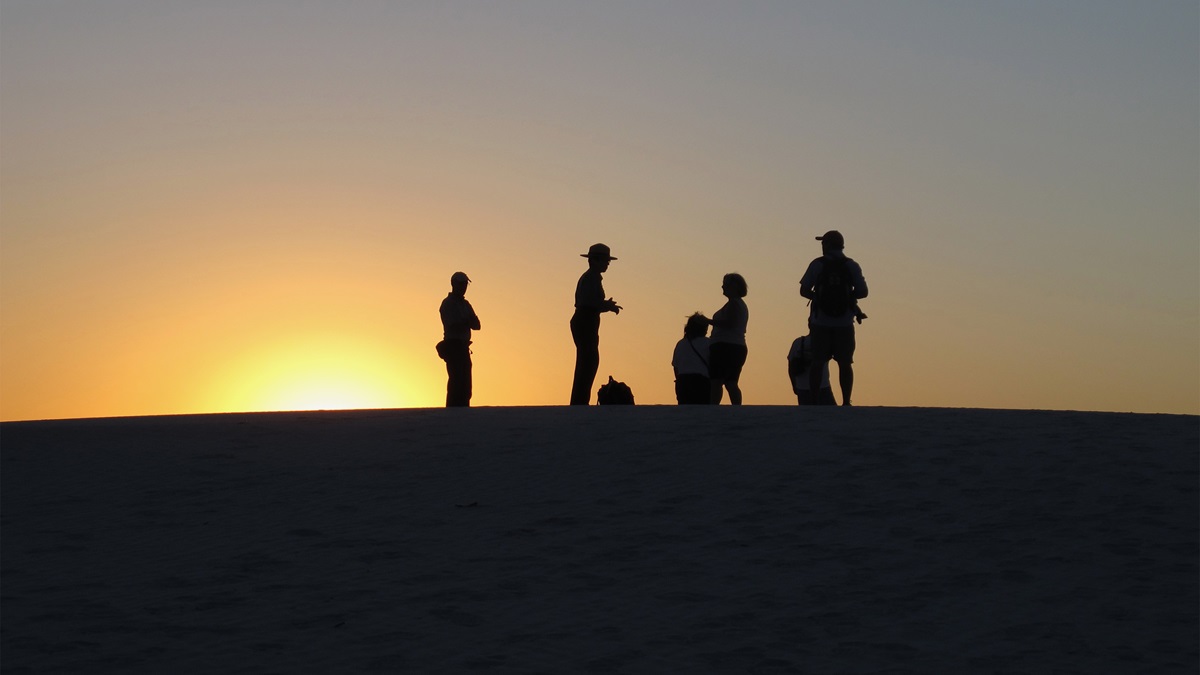Sand, space, and scenery
Alamogordo, New Mexico
America’s newest national park hasn’t had the year officials planned.
In December 2019, White Sands National Park in southern New Mexico became the sixty-second national park after 86 years as a national monument. The area welcomed 600,000 visitors last year and, based on attendance in the first two months of the year, was expecting to top that number in 2020. Then the coronavirus pandemic hit, closing the park until June 29.
Alamogordo-White Sands Regional Airport is 13 miles east of the entrance to the national park. Be aware of restricted airspace to the south and west associated with operations at Holloman Air Force Base and the White Sands Missile Range.
Alamogordo also is the nearest city to White Sands, making it an ideal home base when visiting White Sands. In addition to quick access to the park and other outdoor activities, Alamogordo has two museums unique to the area where you can learn about the region’s role as the birthplace of America’s missile and space activity.
 A good portion of the Tularosa Basin Museum of History focuses on the military history of the area, from the Alamogordo Army Air Base built six miles west of Alamogordo in 1941, which became Holloman Air Force Base, to the White Sands Proving Ground, which became White Sands Missile Range.
A good portion of the Tularosa Basin Museum of History focuses on the military history of the area, from the Alamogordo Army Air Base built six miles west of Alamogordo in 1941, which became Holloman Air Force Base, to the White Sands Proving Ground, which became White Sands Missile Range.
The museum in downtown Alamogordo also has exhibits on the geology of White Sands National Park, La Luz pottery, and the 2014 unearthing of the Atari tomb, a stash of thousands of video game cartridges and consoles thrown in the Alamogordo landfill at the request of the company in 1983.
It also features a new Trinity Site display with Manhattan Project and Trinity Site artifacts acquired from a private collection. The site, roughly 140 miles round trip from Alamogordo, marks the location where the world’s first atomic bomb was detonated for a test on July 16, 1945. (The museum is open Tuesday through Saturday, 10 a.m. to 4 p.m. local time.)
The Smithsonian-affiliated New Mexico Museum of Space History has eight floors of exhibits focused on our quest for space, including rare artifacts and one-of-a-kind replicas. The International Space Hall of Fame is also housed here to recognize those who helped advance our ability to explore space.
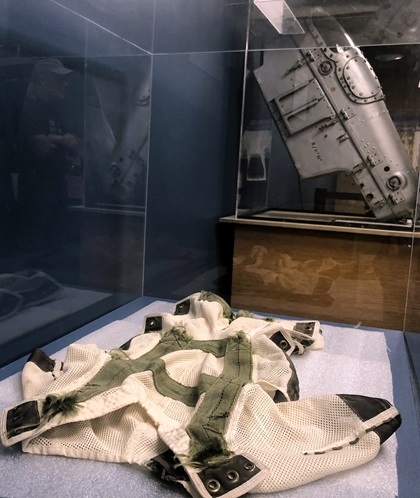 The museum also features an updated spaceflight gallery and four new interactive exhibits.
The museum also features an updated spaceflight gallery and four new interactive exhibits.
The complex also includes a Daisy Track exhibit, New Horizons Dome Theater and Planetarium, and the John P. Stapp Air and Space Park, a static display of large space-related artifacts such as Little Joe II, the largest rocket ever launched from New Mexico.
Both museums had to cancel events surrounding the seventy-fifth anniversary of the Trinity test. The site is in a normally highly restricted range, so it is open to the public twice each year, the first Saturday in April and in October.
While COVID-19 has changed events and how White Sands operates (it is doing a phased reopening), shifting from a national monument to a national park hasn’t.
“The biggest change is that more people become aware of you when you’re on the national park list,” said Kelly Carroll, the park’s chief of interpretation. “White Sands is such a magical and unique place that it’s great to have more people know about their newest national park.”
When asked how long a process it was to become a national park, Carroll gave an unexpected answer.
“This is going to sound like I’m joking, but over 100 years,” he said. “When you go back in the history of the area, there have been ideas of making White Sands a national park well before it was a national monument. It has always been a national park to some people.”
According to the National Park Service website, “A national monument is intended to preserve at least one nationally significant resource, whereas a national park is usually larger and preserves a variety of nationally significant resources.”
There’s 275 square miles of desert covered by a sea of sand here, making it the world’s largest gypsum dune field. Rangers believe these dunes started to form as many as 10,000 years ago from gypsum, a soft mineral left behind when water bodies evaporate. White Sands National Park preserves a major portion of the field, its shallow water supply as well as the ecosystem of plants, animals, and the largest collection of ice age fossilized footprints known.
Think mammoth, saber-toothed cat, and humans. There are tens of thousands there, Carroll said, giving researchers the ability to study interaction among and between the species. Though they are in an area inaccessible to the public, there’s plenty you can explore.
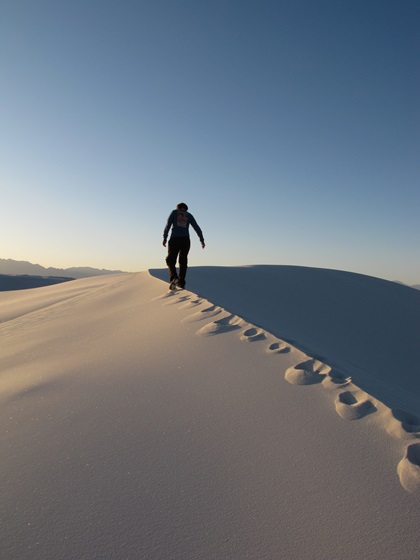 White Sands is surrounded on four sides by the Department of Defense, including the missile range. Occasionally, missile tests will close the highway to get to the park or a portion of the park for a few hours at a time. These are scheduled; check the park’s website or call the visitor center to see closures.
White Sands is surrounded on four sides by the Department of Defense, including the missile range. Occasionally, missile tests will close the highway to get to the park or a portion of the park for a few hours at a time. These are scheduled; check the park’s website or call the visitor center to see closures.
The 16-mile-round-trip Dunes Drive is the only way in. It has to be plowed to keep dunes from forming, and the white sand looks like snowbanks as you drive through. Along the drive are stops for retro picnic shelters and five designated trails, plus you can find your own spot to just hang out or sand sled (local stores carry sleds year-round).
“You start to see it’s not just a single experience when you get out and walk,” Carroll said. “It’s more than rolling white sand.”
Among other outdoor activities in the immediate area: visiting the 12-acre Alameda Park Zoo; golfing a round at Desert Lakes Golf Course; camping and hiking in the Sacramento Mountains at Oliver Lee Memorial State Park; accessing more than 21,000 glyphs at Three Rivers Petroglyph Site and hunting, camping, biking, hiking, four-wheeling, winter sports, and more within Lincoln National Forest’s 1.1 million acres.
There are also pistachio farms on the northern edge of Alamogordo; New Mexico is one of just three states comprising the United States’ commercial pistachio production. PistachioLand McGinn’s Country Store and Pistachio Tree Ranch offers farm tours, and the Schweers family of Heart of the Desert takes visitors through how pistachios are grown and processed on their Eagle Ranch. Both also operate farm stores to sell their products.
While many attractions reopened or returned to regular services in late September, it’s still wise to check New Mexico’s latest traveler information before you go.
